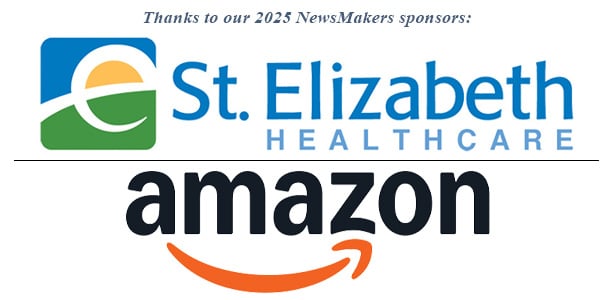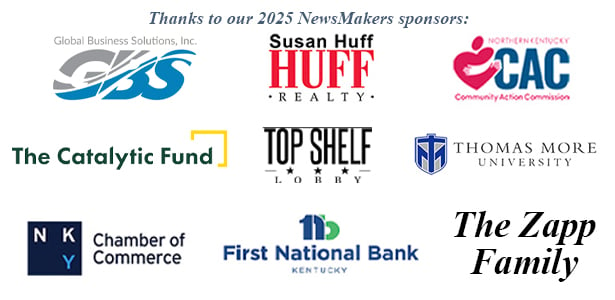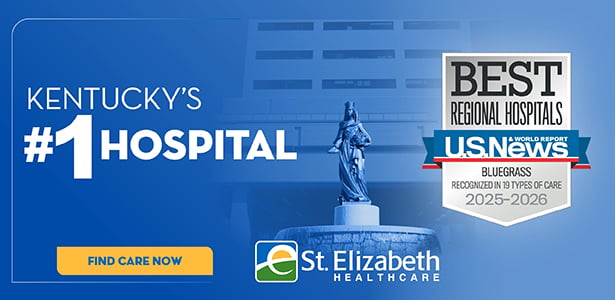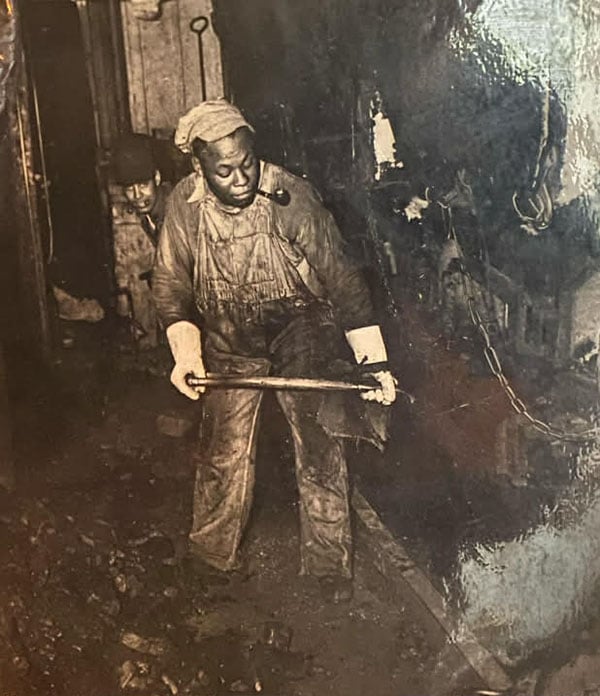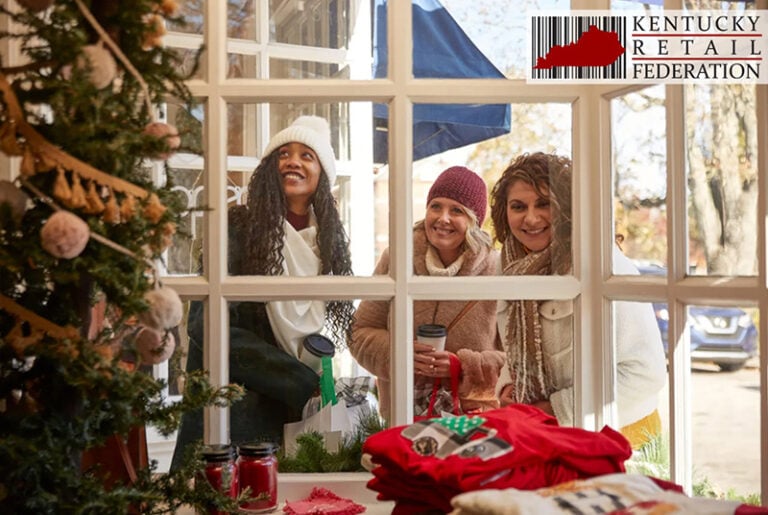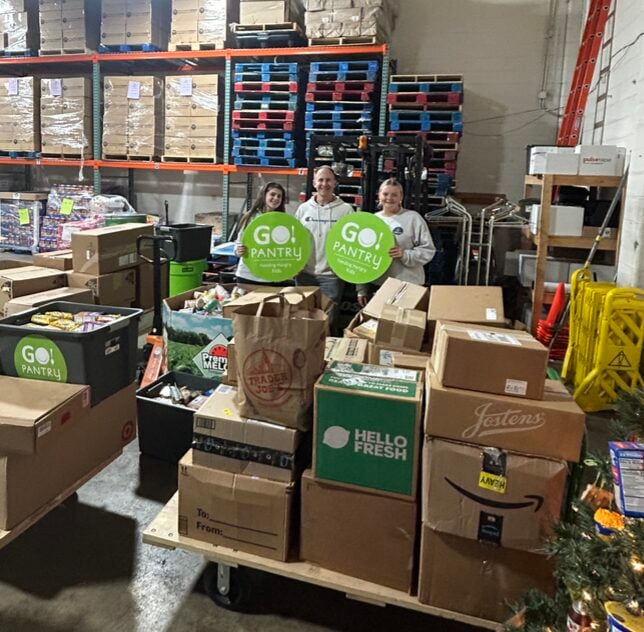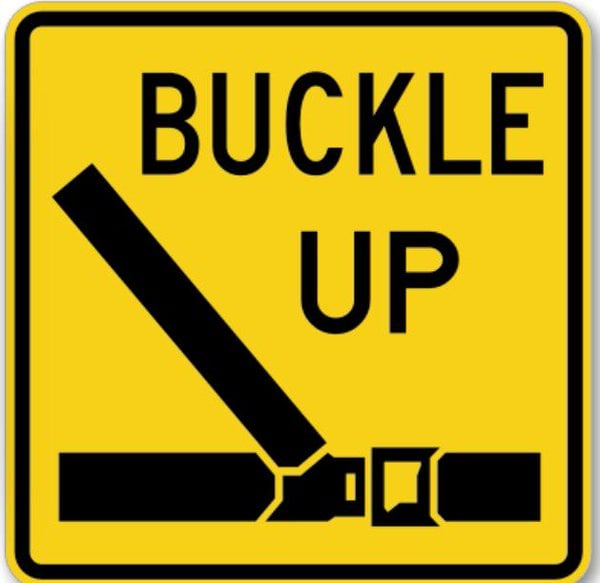By Dr. John M. Franklin
University of Kentucky
With the return to school, fall sports season is just around the corner and it’s important to keep your child or player’s eye safety in mind if they’re hitting the field or court.
Common sports-related eye injuries among children
The most common sports-related eye injuries are corneal abrasions and orbit fractures. A corneal abrasion is when the top layer of the cornea is scraped off, usually from a fingernail or other semi-sharp object. An orbit fracture is a broken bone somewhere around the eye (the orbit is commonly called the “eye socket”).

UK HealthCare’s Pediatric Ophthalmology Department sees several of these injuries every year, ranging from very mild injuries where no treatment is needed to severe injuries requiring several surgeries to repair.
Long-term effects of eye injuries incurred during youth sports
Long-term effects can be highly variable. Sometimes there are no long-term effects. Occasionally, a corneal abrasion will result in recurrent erosions, where even the smallest event (like rubbing your eyelid) can loosen the top layer of the cornea and result in a painful abrasion nearly identical to the original injury. If an injury causes inflammation inside the eye, there can be scarring that leads to several problems, like abnormal pupil shape or even glaucoma.
Eye injury from sports can cause a cataract that requires surgery to remove. UK HealthCare treats pediatric cataract surgeries every year that are caused by injuries experienced during sports events.
Orbit fractures can result in double vision if a muscle is caught in the fracture or becomes scarred. Surgery is often necessary in those cases and it can be difficult to completely eliminate the double vision.
Steps to ensure your child’s eyes are protected during youth sports
Sports glasses and goggles are great safety devices for nearly everyone playing sports. Wearing the proper protective equipment is always smart. Also consider additional eye safety equipment where appropriate, like a visor on a helmet.
A discussion of safety is appropriate for all ages. Teach the kids about eye safety — and safety in general — so that they may be better equipped to avoid injury.
John M. Franklin, M.D., is director of pediatric ophthalmology and adult strabismus at University of Kentucky Advanced Eye Care.

